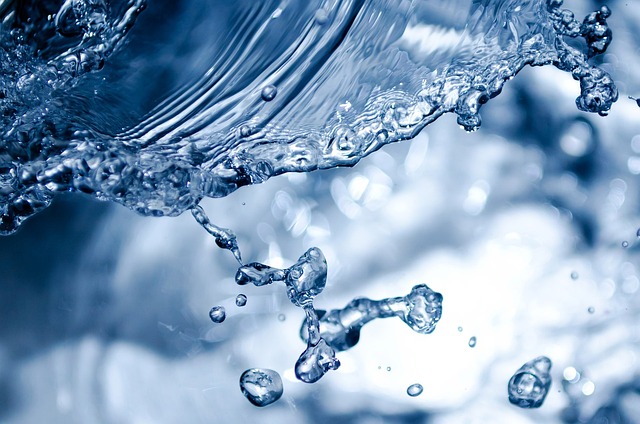How to Enter the Flow State on Command: A Journey with Steven Kotler
Why Would You Want to Learn How to Enter Flow State
Why learn how to enter the flow state? Because it’s a state where challenges are met with ease, creativity flourishes, and time seems to stand still. It’s a state of effortless effort, where everything else seems to disappear, and intuition heightens. Steven Kotler, a renowned writer, researcher, and expert on human performance, shares his insights in a video by Big Think.
The Mystique of Flow State
Flow state, a term that has been intriguing minds for centuries, is often described as a state of effortless effort. In this state, it’s said that everything else seems to disappear, and time itself seems to bend. A sense of intuition is heightened, and a feeling of being propelled through an activity takes over. But what exactly is this mysterious state, and how can it be achieved? Steven Kotler, a renowned writer, researcher, and expert on human performance, shares his insights in a video by Big Think.
The History and Definition of Flow
Flow isn’t new. Thinkers like Gerta, Nietzsche, and William James explored it. However, Mihai Chick Sent Me High became known as the godfather of flow psychology. He traveled the world, talking to people about when they felt and performed their best. Everywhere he went, he heard the same description: an altered state of consciousness where every action and decision flowed effortlessly.
The Challenge-Skills Balance
One key to achieving flow is the challenge-skills balance. This golden rule is simple: we pay the most attention to a task when the challenge slightly exceeds our skill set. So, it’s about stretching without snapping and getting comfortable with being uncomfortable.
Preparing for Flow: Tools and Triggers
To prepare for flow, you can utilize several tools and triggers. Researchers have discovered 22 catalysts that help you drop into a flow state. These include complete concentration, distraction management, and dopamine triggering.
Concentration and Distraction Management
Complete concentration is essential. Find the right time and block out uninterrupted time for focus. Also, manage distractions by turning off phones, emails, and social media. A single distraction can knock you out of flow, and it may take a long time to get back in.
Dopamine Triggers
Dopamine drives focus and attention, and you can trigger it in various ways. Novelty, unpredictability, complexity, and risk-taking stimulate dopamine. Even simple pleasures like solving a crossword puzzle can create a rush that amplifies pattern recognition.
The Five Big Motivators
From a motivation standpoint, there are five big motivators designed to work in a specific sequence. Curiosity leads to passion, which builds into purpose. Once you establish purpose, you seek autonomy, followed by mastery. These motivators are not just altruistic; they are very selfish from a peak performance perspective.
The Universality of Flow
One incredible thing about flow is its universality. It’s not just limited to individuals; there’s a shared collective version known as group flow. Studies show that people with the most flow in their lives score off the charts for overall well-being and life satisfaction.
The Amplification of Results
Flow is not just about getting into the game; it’s about amplifying results beyond all reasonable expectations. It’s about motivation, learning, creativity, and optimal performance. It’s a way to steer and amplify all the results, making us capable of so much more than we know.
How To Enter the Flow State
Enjoy watching Steven Kotler talking about this very topic here.
Book Your FREE 30 Minute Consultation With Release Hypnosis NOW!
You may also like to read:
Can Hypnosis Enhance Your Counselling Experience?
Can’t Visualise in Hypnosis? Here’s What You Can Do Instead.
Understanding Hypnosis as a Process
What Is The Success Rate of Hypnosis?








